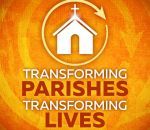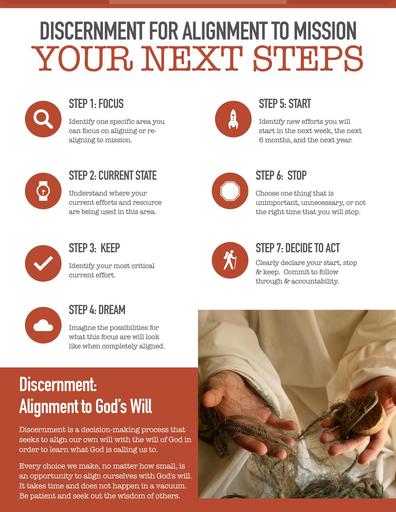The Making Disciples Today Blog has reflections to help you grow in your journey of missionary discipleship, reviews on recommended Catholic evangelization resources, and practical insight on how to evangelize in your daily life.
- Details
- Written by: Kristin Bird
Join us in creating a culture of discipleship in your home, parish, and diocese.
Join us in creating a generation of saints.
- Details
- Written by: Kristin Bird

Episode 3: No, I Don’t Want Better Donuts: Radical Hospitality as the Foundation for Evangelization
Episode Summary:
In this episode Rachel, Kristin, and Deacon Keith explore the nature of radical hospitality with Jane Angha, Executive Director of Ministry Blueprints,, an apostolate that works with parishes and dioceses to help them live and minister in a more hospitable way. Want to learn how your parish can embrace radical hospitality in practical ways? Then tune in! View Show Notes.
- Details
- Written by: Kristin Bird

Episode 2: Breaking Away from Buzzword Bingo: What Does Catholic Parish Renewal Look Like
Episode Summary:
Deacon Keith, Executive Director of M3 Ministries, and Kristin Bird, Executive Director of Burning Hearts Disciples, and Rachel Espinoza, Director of Family Faith Formation & Evangelization for St. Clement Parish try to cut through the buzzwords and talk about what parish renewal really looks like? How can we tell if our parish is truly being renewed? How can we avoid dead ends and wasting our time? View Show Notes.
- Details
- Written by: Kristin Bird

Real talk with real disciples who are living and working in the trenches of parish renewal and transformation.
We share stories, talk about what works and what doesn't, and bring on some amazing guests. Come on and join us!

